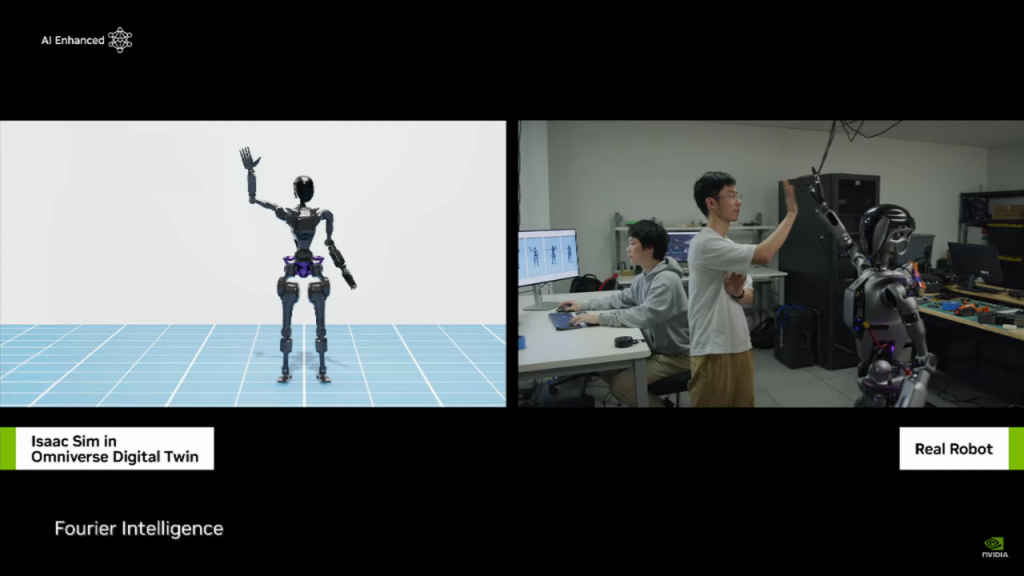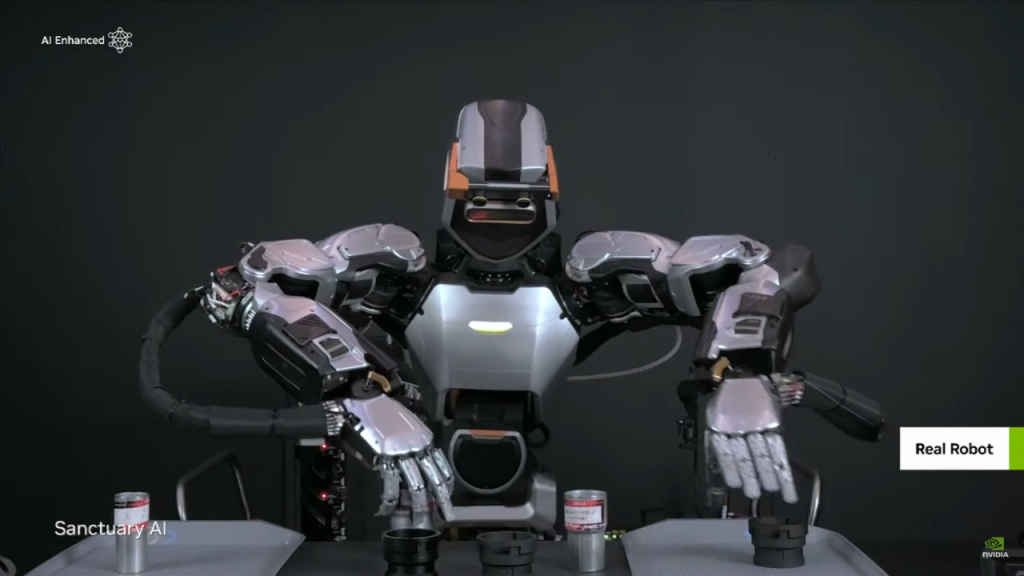Robots are the next wave of AI, says Nvidia CEO: Check details

"The next wave of AI is physical AI," said CEO of Nvidia.
He also said, "Everything is going to be robotic. All of the factories will be robotic."
Nvidia has developed an operating system tailored for self-driving cars, with plans to start car production in collaboration with Mercedes next year.
Earlier this year, the CEO of Nvidia showcased nine humanoid robots on stage. Now, during a speech at a tech conference in Taiwan, he showed them again and emphasised the significance of two types of robots: self-driving cars and humanoid robots, highlighting their potential for high volume adoption.
“The next wave of AI is physical AI. AI that understands the laws of physics. AI that can work among us,” said Jensen Huang, CEO of Nvidia.
“Everything is going to be robotic. All of the factories will be robotic. The factories will orchestrate robots and those robots will be building products that are robotic,” Huang added.
Also read: Nvidia’s G-Assist AI aims to enhance your PC gaming experience: Here’s how

Nvidia stands to benefit significantly from widespread robot adoption, as its software and hardware can be leveraged across various stages, including production, training, and continuous operation of robots, reports Business Insider.
Also read: Nvidia unveils ‘world’s most powerful’ AI chip: All details here

The company has developed an operating system tailored for self-driving cars, with plans to start car production in collaboration with Mercedes next year, as Huang announced.
Nvidia also developed an operating system specifically designed for robots to undergo learning processes within virtual environments. Huang explained that prior to engaging with real-world tasks, robots could be refined in a “robot gym,” where they could enhance a range of skills, from motor skills like object grasping, to spatial navigation such as moving around warehouse spaces.
“The easiest robot to adapt into the world are humanoid robots because we built the world for us. We also have the most amount of data to train these robots than other types of robots because we have the same physique,” Huang said.
In March, he expressed that constructing models for robots represents “one of the most exciting problems to solve in AI today.”
The company is also investing in robot startups, such as by pledging $50 million to Figure AI. This startup focuses on developing robots tailored for hazardous warehouse tasks.
Ayushi Jain
Tech news writer by day, BGMI player by night. Combining my passion for tech and gaming to bring you the latest in both worlds. View Full Profile




